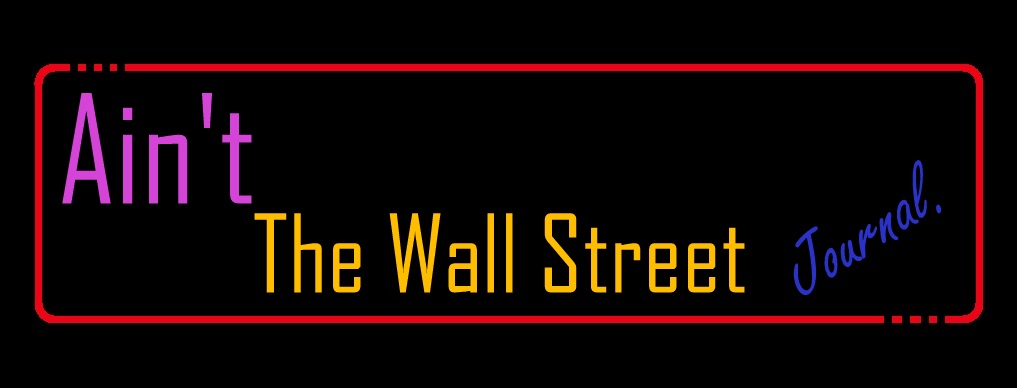Media is one of the most significant tools in transmitting and conveying messages to the audience especially television and cinema. They play a vital role in shaping people's perception about culture and the society so much so that it affects the way we see the world around us. This implies that we need the media to make sense of the reality. For example, we watch news to know what’s happening around the world. However, have we consider whether the news is telling us the truth or not? Interactionist argues that only fragments from thousands of news and information are selected every day; thus indicating that our perception on reality is restricted to a certain extent and is based on the representation by the media.
The ability of the media to construct or shape meaning of any media text is what I believed to be the politics of representation. In television and cinema, we often see the different representation of men and women, ethnicity, class and age. Van Dijik (1991) made a study on European coverage and found that black people are often portrayed as drug users and criminal. Similarly, in the movie "Slumdog Millionaire", the depiction of slum in India would make us think negatively about the country whereby in reality, this might not be the case. Therefore, these sorts of representation would result in stereotyping. For example, Asian men would be expected to be good in martial arts because the portrayal of Jackie Chan as a Kung Fu master. Furthermore, people often perceived that all Asians are Chinese. Hence, I used the following music video to show stereotypes of an Asian man as perceived by some people.
 |
We as audience have to bear in mind that media contents are sometimes constructed and has been constructed by text producer. However, we should consider the fact that there are also elements of truth in the media.
 |
| Who says only Asians can do Kung Fu? Johnny English, Jackie Chan's biggest rival. |
References:
Chapman, S. (2000). Mass Media: Content and representation in the media. AS Sociology Revision Notes. London: Letts Educational
Nowlan, B. (2001). Introduction to the Art and Politics of Representation. Retrieved from http://www.uwec.edu/ranowlan/art_politics.htm





